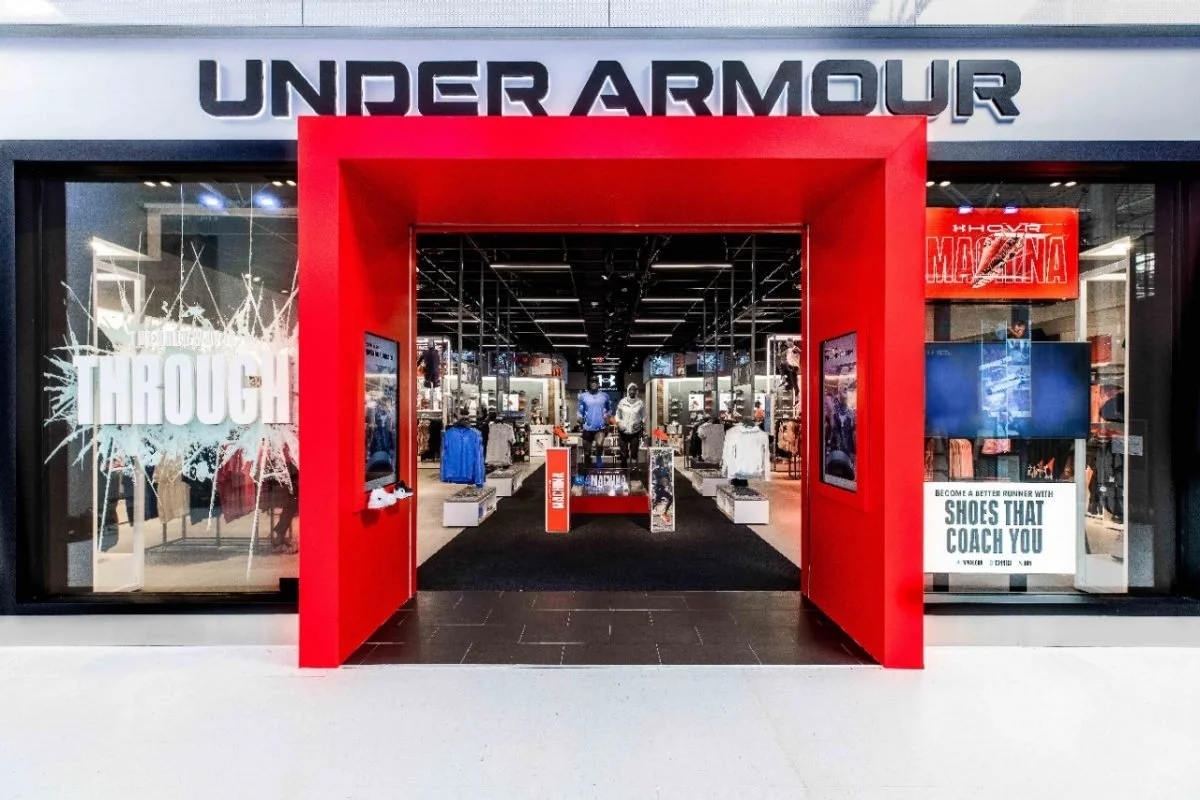Under Armour’s Strategy, 3 Things to Know
In 2015 Under Armour passed Adidas to become the second largest sportswear company in the United States. But since then the brand has lost its way. Under Armour feels like a company that fell too in love with its initial success and then when it realized the market shifted it was too late to catch up.
Realizing the company needs to turn the ship around Under Armour is undertaking a number of initiatives in the hopes of competing better with the likes of Nike and Adidas which have market caps of $179 billion and $32 billion billion respectively. Under Armour on the hand has a market cap of $3 billion. If you are curious about what Under Armour is doing to catch up with its rivals then consider these three elements of its strategy.
1. Footwear. Under Armour believes footwear is its “single most significant growth opportunity.” Footwear makes up 25% of Under Armour’s sales and Under Armour wants to grow that business. One of the ways it plans to do this is by focusing on sneaker culture. For example, Under Armour wants pro athletes wearing its shoes on those highly publicized tunnel walks on the way to a game. But Under Armour is late to the race with brands like Nike having been deep into sneaker culture since the 1980s.
Analysts are also skeptical about Under Armour’s ability to gain more prominence in the sportswear industry. Speaking about this Tom Nikic, senior vice president of apparel and footwear research at Wedbush said that Under Armour “needs to essentially find Under Armour’s place in the athletic industry, what their specialty is and why a customer will go to Under Armour and not to Nike or Adidas.” Nikic also met Under Armour’s desire to gain more traction with 16 - to 20 - year-old athletes with skepticism when he said: “it is a very competitive industry with a lot of really, really strong players,” said Nikic.
2. Athleisure. With the shift towards consumers wearing more casual clothing many brands are trying to get a piece of the athleisure market. Under Armour resisted critics for years who said the company should move into more casual apparel. Instead Under Armour doubled down on its positioning as a company that provides technical fitness gear. But Under Armour is back tracking now believing there is no choice but to get into the athleisure market. Under Armour believes that going into the casual clothing market could triple its addressable market
But Under Armour will be hard pressed to take share away from heavy weights like lululemon. “The problem here is one of brand relevance and loyalty. In our view, while Under Armour’s brand is certainly not terrible, it still lacks the clarity and desirability of stronger brands like lululemon,” said Neil Saunders a managing director at GlobalData Retail. “During difficult times, this makes it easier for consumers to avoid buying it or to switch to cheaper alternatives. The company has already corrected some of the worst missteps and is still refining the brand and how it goes to market, but we feel more effort is needed during these more constrained times.”
Speaking about this Matt Powell, an analyst with the NPD Group said: “the fashion cycle moved away from them. They stayed true to their muse, performance footwear and apparel,” “But that’s just not where the business is. Right now, it’s all about fashion and athleisure.”
3. Womens. Under Armour is also focusing on its women’s business which makes up less than 25% of its sales. “I believe we make exceptional women's products in specific collections,” said Stephanie Linnartz, Under Armour’s CEO. However, at less than one quarter of our revenue, we are still not cutting through enough to realize the growth available in the marketplace. In apparel, we have had success, specifically with our bras and bottoms products. But we have yet to make our definitive must have it product, so that it is top of mind as we work to drive more significant growth.”
“Footwear must also be part of the long-term equation to grow the women's business,” said Linnartz. “And here, too, we have a solid base from which to grow, but we need accelerators. The consistency of great design fit and the all-important style factor across the entire offering is not where we need it to be and where I am confident we can take it. So to underscore this opportunity, we will go after women harder than this company has ever seen full stock.”
Do you like this content? If you do subscribe to our retail trends newsletter to get the latest retail insights & trends delivered to your inbox

